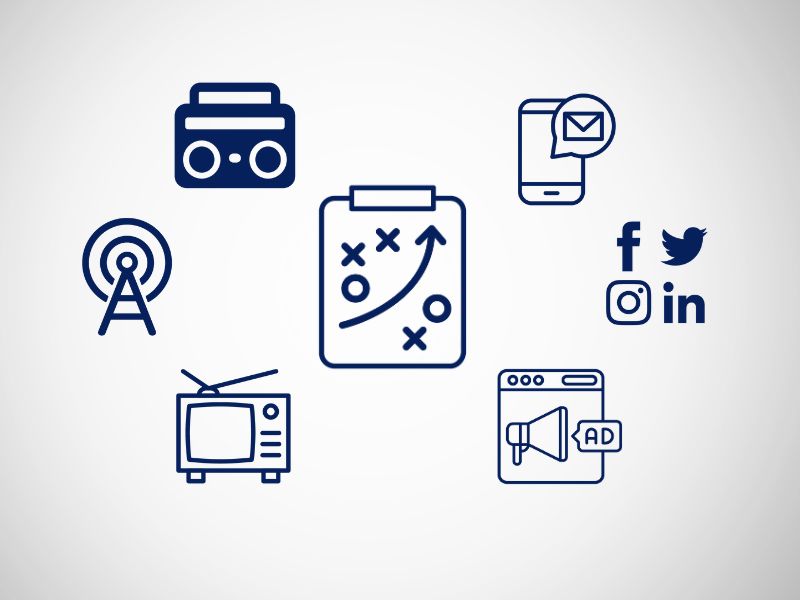
Defining OOH, DOOH & PDOOH: Why Big & Small Brands Alike Can Benefit

Out of Home Media (OOH) is one of the oldest, most trusted, and most highly productive forms of advertising. But many marketers now see it as a second-class citizen when compared to “New Media” that is trackable, targetable and capable of on-the-fly adjustments. However, the rapid growth of Digital Out of Home (DOOH) networks and the rise of Programmatic Digital Out of Home (PDOOH) is changing those impressions.
DOOH now accounts for roughly 30% of all OOH sales and is projected to reach 40%-45% within the next five years. This can, in part, be attributed to the ideal hybrid it provides of some online digital capabilities and the constant omnipresence of traditional OOH media combined with industry investments in audience measurement and the incorporation of Mobile Ad ID (MAID) analysis to index screens against a universe of demographic, psychographic and consumer behavior audience types.
This allows marketers to now use OOH media that combines a high degree of targetability with the cost-efficient audience delivery that OOH is historically known for. In fact, DOOH ad delivery can be triggered by all kinds of key criteria, including weather, events, day parts and many others. Just as programmatic technology catapulted online advertising to an even greater mega scale, its effect on DOOH appears to be just as substantial. While still a fledgling, at anywhere between $200MM and $500MM, the growth of PDOOH is on fire, with a 40%+ growth projected for 2023 alone.
This growth is due to several factors, but most encouraging among them is a virtuous circle between publishers and brands whereby media owners are increasingly willing to release more of their inventory into the programmatic pool, creating scale for bigger brands to pull PDOOH into their media consideration set, incentivizing media owners to increase their programmatic participation.
On its own, DOOH provides a higher level of flexibility than static OOH, but Programmatic technology adds rocket fuel to the mix.
1. Targetability: Similar to digital online advertising, PDOOH planning can combine mobile location data with 1st and 3rd party data in order to focus on those screens with the most efficient delivery of audience, whether it is broad-range demographics (Female 18-54) or key consumer segments (“Likely willing to switch coffee brands”). Key “moment” triggers can be used to deploy advertising not just to the right screens, but also under the right conditions: Temperature targets for hot or cold beverages, weather triggers for fashion, automotive and home, etc.
2. Scale: The power of programmatic, advertising spots for any number of DOOH networks made relevant by targeting technology, can now be seamlessly and efficiently deployed for a truly 360-degree coordination within a consumer’s daily journey.
3. Flexibility: A major driver of PDOOH over the past few years has been the flexibility to stop, start, and adjust campaigns with changing situational conditions. The ability for marketers to be in the driver’s seat regarding how and when their DOOH campaign will run should not be overlooked.
4. Measurability: Because Mobile AD IDs (MAIDs) are a primary component of PDOOH, this provides the access to a host of measurement tools previously unavailable to DOOH programs, including: Footfall/Visitation, Brand Awareness, Brand Lift, Sales Lift and Web Conversion among others. QR Codes can also be added to non-roadside formats for additional Direct Response capabilities.
5. Extensibility: MAIDs not only provide the opportunity for measurement. They can also be passed back from devices that were likely exposed to a PDOOH campaign and used to extend the reach of that campaign to online, OTT/CTV and even audio advertising. The opportunity that digital OOH holds for marketers is in its infancy. Standard DOOH is expanding with markets increasing installations of digital units. While brands currently tend to focus on major markets like New York, Los Angeles or Chicago for programmatic DOOH, this expansion of digital units will result in programmatic being a viable option for markets of varying sizes.



.jpg)
